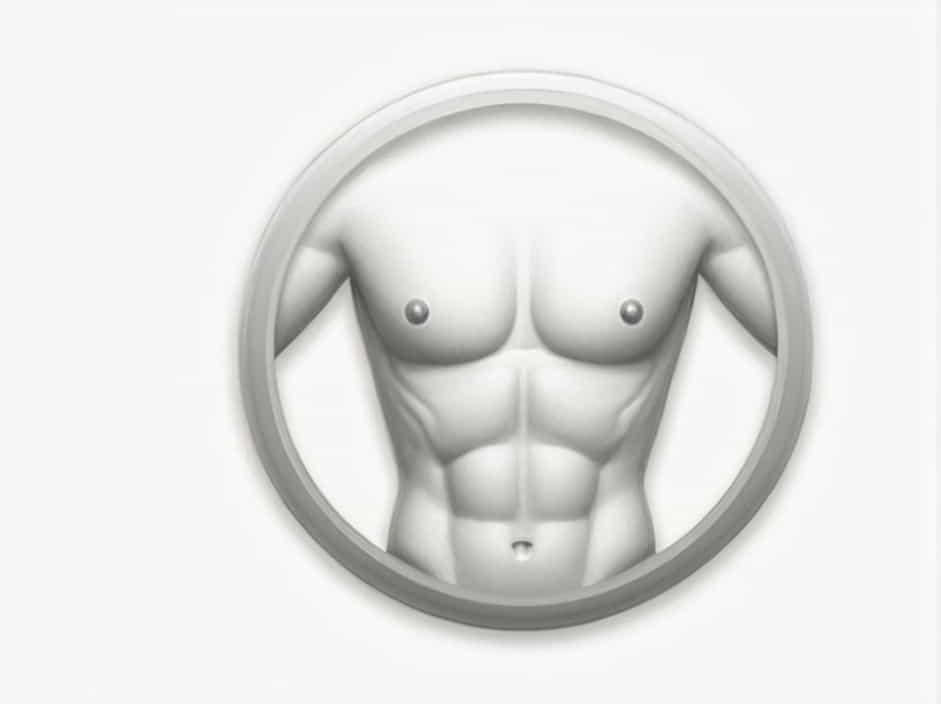The right pectoral girdle and upper arm are essential components of the human musculoskeletal system, allowing for a wide range of movements, stability, and strength. The pectoral girdle, also known as the shoulder girdle, connects the upper limb to the axial skeleton and provides attachment points for muscles. The upper arm, or brachium, consists mainly of the humerus and plays a crucial role in arm movement and function.
This topic explores the anatomy, function, and significance of the right pectoral girdle and upper arm, along with common injuries and how to maintain their health.
Anatomy of the Right Pectoral Girdle
The pectoral girdle is made up of two bones:
1. Clavicle (Collarbone)
- A long, S-shaped bone that acts as a strut between the sternum and scapula.
- Helps stabilize the shoulder and allows for smooth arm movement.
- Commonly fractured due to falls or direct trauma.
2. Scapula (Shoulder Blade)
- A flat, triangular bone located on the posterior side of the ribcage.
- Provides attachment points for many shoulder and upper arm muscles.
- Contains important structures such as:
- Acromion – Connects with the clavicle.
- Glenoid cavity – Forms the shoulder joint by articulating with the humerus.
- Coracoid process – Serves as an attachment site for muscles.
Anatomy of the Right Upper Arm
The upper arm consists mainly of the humerus, the longest and strongest bone of the arm.
1. Humerus
- Extends from the shoulder to the elbow.
- Articulates with the scapula at the shoulder joint and with the radius and ulna at the elbow joint.
- Contains key features such as:
- Head of the humerus – Fits into the glenoid cavity of the scapula to form the shoulder joint.
- Deltoid tuberosity – A rough area where the deltoid muscle attaches.
- Trochlea and Capitulum – Help form the elbow joint.
Joints of the Pectoral Girdle and Upper Arm
The right pectoral girdle and upper arm function together through three major joints:
1. Sternoclavicular Joint
- Connects the clavicle to the sternum.
- Provides limited but essential movement for the shoulder.
2. Acromioclavicular Joint
- Located between the acromion of the scapula and the clavicle.
- Helps stabilize the shoulder girdle.
3. Glenohumeral Joint (Shoulder Joint)
- A ball-and-socket joint formed by the humerus and scapula.
- Allows a wide range of motion, including flexion, extension, rotation, and abduction.
- Stabilized by ligaments, tendons, and muscles.
Muscles of the Right Pectoral Girdle and Upper Arm
The muscles surrounding the pectoral girdle and upper arm play a key role in movement, support, and stability.
1. Muscles of the Pectoral Girdle
- Pectoralis Major – A large chest muscle responsible for arm flexion, adduction, and rotation.
- Pectoralis Minor – Helps with scapular movement and stabilization.
- Deltoid – Covers the shoulder and allows for arm abduction.
- Trapezius – Assists in scapular elevation and rotation.
2. Muscles of the Upper Arm
- Biceps Brachii – Responsible for elbow flexion and forearm supination.
- Triceps Brachii – Located on the back of the upper arm, responsible for elbow extension.
- Brachialis – Assists in elbow flexion.
Nerve Supply to the Right Pectoral Girdle and Upper Arm
The brachial plexus, a network of nerves originating from the spinal cord (C5-T1), supplies the pectoral girdle and upper arm. Major nerves include:
- Axillary Nerve – Innervates the deltoid and teres minor muscles.
- Musculocutaneous Nerve – Controls the biceps brachii, brachialis, and coracobrachialis muscles.
- Radial Nerve – Supplies the triceps brachii and extensor muscles of the arm.
Functions of the Right Pectoral Girdle and Upper Arm
The right pectoral girdle and upper arm play crucial roles in daily activities, including:
- Lifting and Carrying Objects
- Throwing and Catching
- Pushing and Pulling
- Performing Fine Motor Movements
Common Injuries and Disorders
The pectoral girdle and upper arm are prone to injuries due to their wide range of motion and frequent use.
1. Rotator Cuff Injuries
- Caused by overuse or trauma to the shoulder muscles and tendons.
- Symptoms include pain, weakness, and limited mobility.
2. Shoulder Dislocation
- Occurs when the humerus pops out of the glenoid cavity.
- Requires medical attention to reset the joint.
3. Fractures (Clavicle, Humerus, or Scapula)
- Often caused by falls or direct impact.
- Healing may require immobilization or surgery.
4. Biceps Tendonitis
- Inflammation of the biceps tendon due to overuse or repetitive motion.
- Can be treated with rest, ice, and physical therapy.
5. Frozen Shoulder (Adhesive Capsulitis)
- A condition where the shoulder joint becomes stiff and painful.
- Can be improved with physical therapy and stretching exercises.
How to Keep the Right Pectoral Girdle and Upper Arm Healthy
1. Strength Training and Stretching
- Perform shoulder and arm exercises to maintain strength.
- Include dynamic and static stretches to improve flexibility.
2. Maintain Good Posture
- Avoid slouching to prevent shoulder strain.
- Keep shoulders in a neutral position when sitting or standing.
3. Prevent Overuse Injuries
- Take breaks during repetitive activities.
- Use proper lifting techniques to avoid strain.
4. Stay Hydrated and Eat a Balanced Diet
- Consume calcium and vitamin D for bone health.
- Stay hydrated to maintain muscle function.
5. Seek Medical Attention for Pain or Injury
- Do not ignore persistent shoulder or arm pain.
- Early diagnosis can prevent long-term complications.
The right pectoral girdle and upper arm are vital for mobility, strength, and daily functions. Understanding their anatomy, functions, and potential injuries can help maintain optimal shoulder and arm health. By practicing proper exercise, posture, and injury prevention strategies, you can keep your upper limb strong and functional for years to come.
